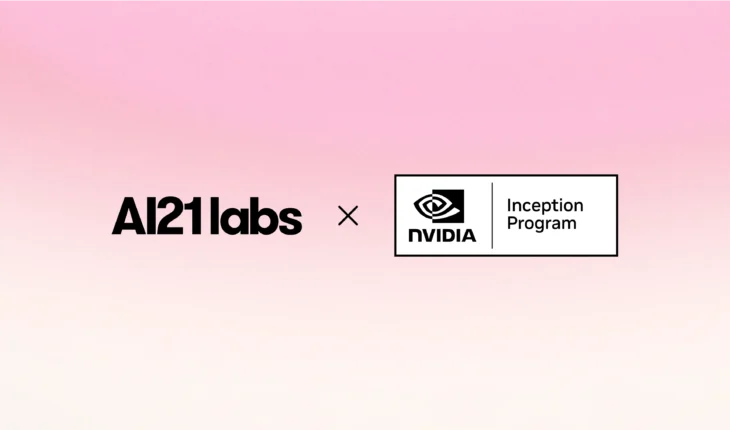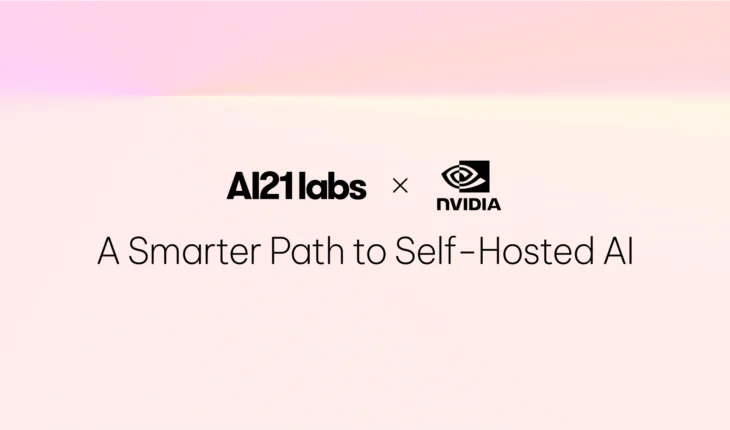Table of Contents

What is a Foundation Model? Types, Applications & Benefits
While foundation models (FMs) offer unprecedented capabilities, enterprises often struggle with implementation. Despite their versatility across customer support, marketing, healthcare, and finance, organizations face critical barriers like data bias, high costs, and ethical concerns that limit their potential.
Even as AI adoption surges—65% of organizations now regularly use generative AI—most implementations fall short of expectations because they lack proper governance and integration strategies. Success requires understanding key principles that separate effective FM implementations from failed experiments.
This article explores the essential framework for evaluating, deploying, and governing foundation models in enterprise environments, helping you transform these powerful AI systems from promising technology into genuine business advantages.
What is a foundation model?
Foundation models are large AI systems trained on vast, diverse datasets using self-supervised learning techniques that allow them to recognize patterns by predicting parts of their input data without requiring labels for everything.
Unlike traditional AI designed for specific tasks, these models use architectures (like transformers) that help them understand connections between information and process billions of data points across domains and content types, including text, images, and audio.
What makes foundation models truly valuable is their adaptability. A single model can be adjusted to handle many different jobs without completely retraining it. This flexibility makes them powerful tools for businesses that need AI for various purposes, such as summarizing documents, generating code, creating images, conversational AI, and scientific research.
As these models grow, they develop emergent capabilities—they can perform tasks they weren’t explicitly programmed to do. These unexpected abilities appear when the models reach certain size thresholds, distinguishing them from earlier AI approaches.
A brief history of foundation models
The era of foundation models began in 2017 when Google introduced transformers. These models process entire text sequences at once using self-attention—a mechanism that allows a model to weigh the importance of different parts of the input relative to each other, helping it understand context more accurately.
This paved the way for large-scale foundation models.
- BERT (2018) introduced bidirectional processing, allowing AI to analyze words based on preceding and following text. This greatly improved language understanding for search engines and AI-powered assistants.
- In 2019, OpenAI’s GPT-2 demonstrated a deeper contextual understanding of text, generating coherent, human-like responses with minimal input.
- By 2020, GPT-3 expanded these capabilities with 175 billion parameters, enabling more sophisticated text generation. In 2021, the Stanford Center for Research on Foundation Models formally defined the term “foundation model” as AI trained on vast datasets that could generalize across multiple tasks without task-specific training.
- The latest foundation models are multimodal and can process text, images, video, speech, and code in a unified system. This makes them the most advanced general-purpose AI systems to date.
Business applications of foundation models
Foundation models power a wide range of industries, transforming how businesses handle automation, analysis, and decision-making. Here are some key use cases across different sectors.
Marketing
Foundation models enhance computer vision tasks, such as image recognition, object detection, and automated content generation. In marketing, this sees them excel at personalization, creating imagery for products, optimizing site searches, creating product attributes / SKUs, and making recommendations.
Best Buy has leveraged the multi-modal model Gemini to automate call summarization, reducing issue resolution times by up to 90 seconds per interaction, while Amazon uses a Large Language Model (LLM) to edit product titles to highlight features relevant to a customer’s shopping activity.
Financial Services
J.P. Morgan has integrated GPT-4 into its Quest IndexGPT, a financial tool designed to identify stock portfolios using keyword generation, making selecting relevant stocks more efficient and accurate. It also uses an AI assistant named LLM Suite, developed using OpenAI’s ChatGPT model, to enhance productivity for over 60,000 employees in summarizing documents, translating text, and generating content.
Medical Imaging
Generative AI models use human inputs to learn and improve predictions. An important and sometimes overlooked application is their ability to support human decision-making. Potential uses include clinical diagnoses, decision-support systems, and analytics.
GE HealthCare has introduced AI-driven MRI systems designed to deliver faster and more precise scans. These systems incorporate deep learning algorithms to enhance image quality and reduce scan times, improving patient comfort and diagnostic accuracy.
Benefits of foundation models
Foundation models enable businesses to automate tasks, improve efficiency, and accelerate AI development. A Capgemini study found that organizations using generative AI reported a 7.8% boost in productivity and a 6.7% increase in customer satisfaction. Here are some key benefits.

Adaptability
Foundation models can accurately handle diverse tasks based on input prompts. They excel in natural language processing (NLP), question answering, and image classification, making them valuable for enterprise applications like automated customer service and document analysis.
Process Automation
AI-powered automation reduces manual effort in customer support, language translation, content generation, and data analysis. Foundation models can understand context, generate responses, and classify images, streamlining workflows across industries.
AI Application Development
Businesses can create new AI applications tailored to specific needs by fine-tuning existing models. Generative AI supports decision-making in clinical diagnoses, financial forecasting, and analytics, improving efficiency and accuracy in high-stakes environments.
Challenges of foundation model adoption
Adopting foundation models presents several challenges. Legal concerns, such as plagiarism and copyright infringements, can be a barrier to scaling generative AI beyond pilot projects to physical implementation. The approach must be handled carefully. Here are the key considerations.
Infrastructure requirements
Foundation models require powerful computers to run. They process vast amounts of data, which requires special computer chips like GPUs (Graphics Processing Units) and TPUs (Tensor Processing Units). These chips are much more powerful than regular computer processors but also costly.
If you don’t want to train a model, using a pre-trained foundation model like OpenAI’s ChatGPT or Google’s Gemini is possible. However, you still have to pay for API access (a fee for every time you use the AI) and extra customization to make it work better for your business.
Inconsistent Performance
Foundation models often generate different responses to the same input, struggle with following instructions consistently, and fail when integrating with external tools. This makes their performance inconsistent, making them difficult to use for mission-critical tasks and requiring additional oversight and human intervention.
Bias
Several papers on foundation and generative AI models describe risks such as amplifying bias implicit in the massive datasets used to train models. Unlike traditional AI systems with clearly defined inputs and outputs, foundation models learn from massive, often unverified data sources, making it challenging to track biases, ensure fairness, and enforce accountability.
For instance, studies have shown that AI-driven hiring tools have unfairly filtered out candidates based on gender or ethnicity due to historical biases in hiring practices.
Getting started with foundation models
Foundation models reduce the need to build AI from scratch and provide businesses with a scalable way to integrate AI into real-world applications.
Consider a pre-trained model
Enterprises can benefit from using pre-trained models available through cloud providers, such as ChatGPT (OpenAI), Amazon Nova (AWS), and Jurassic-2 (AI21 Labs), which allow businesses to use pre-trained AI systems without needing expensive computing infrastructure. With pre-trained foundation models, companies can implement AI solutions quickly without needing to build models from scratch, reducing time and costs while improving efficiency.
Tune the model for your needs
While foundation models are trained on massive datasets, they may need fine-tuning to perform well for specific business needs. This process involves adjusting the model with domain-specific data, such as training a legal AI assistant on contract language or refining a medical model with healthcare-specific terminology.
Integrate with existing systems.
Integrating foundation models with customer databases, analytics tools, and automation platforms is key. For example, a chatbot using GPT-4 for customer service should integrate with a CRM system to pull customer data and provide personalized responses.
Foundation models: Powering the future of enterprise AI
Foundation models are transforming enterprise AI, enabling automation, data-driven insights, and multimodal capabilities. However, to deploy these models responsibly, enterprises must carefully manage costs, risks, and governance challenges.
Foundation models are the first step in a larger mission to enable enterprises to use and be powered by AI while ensuring fairness, security, and long-term scalability.


